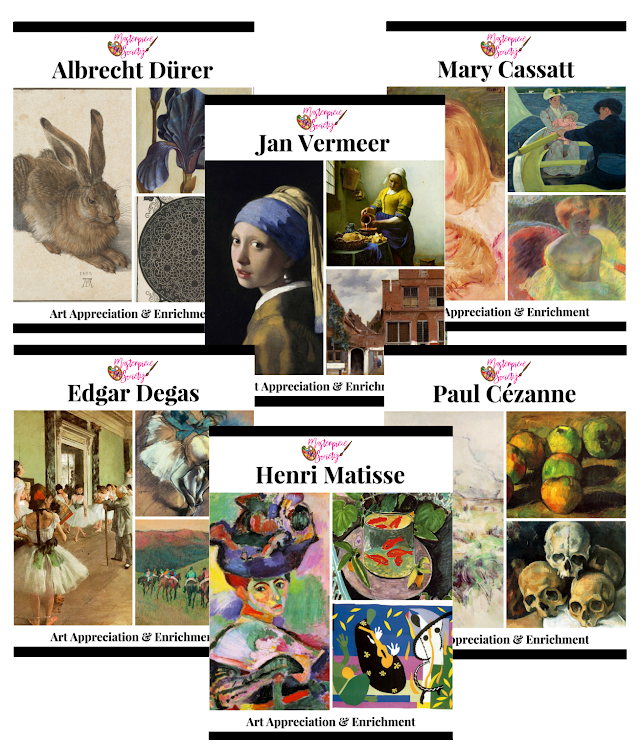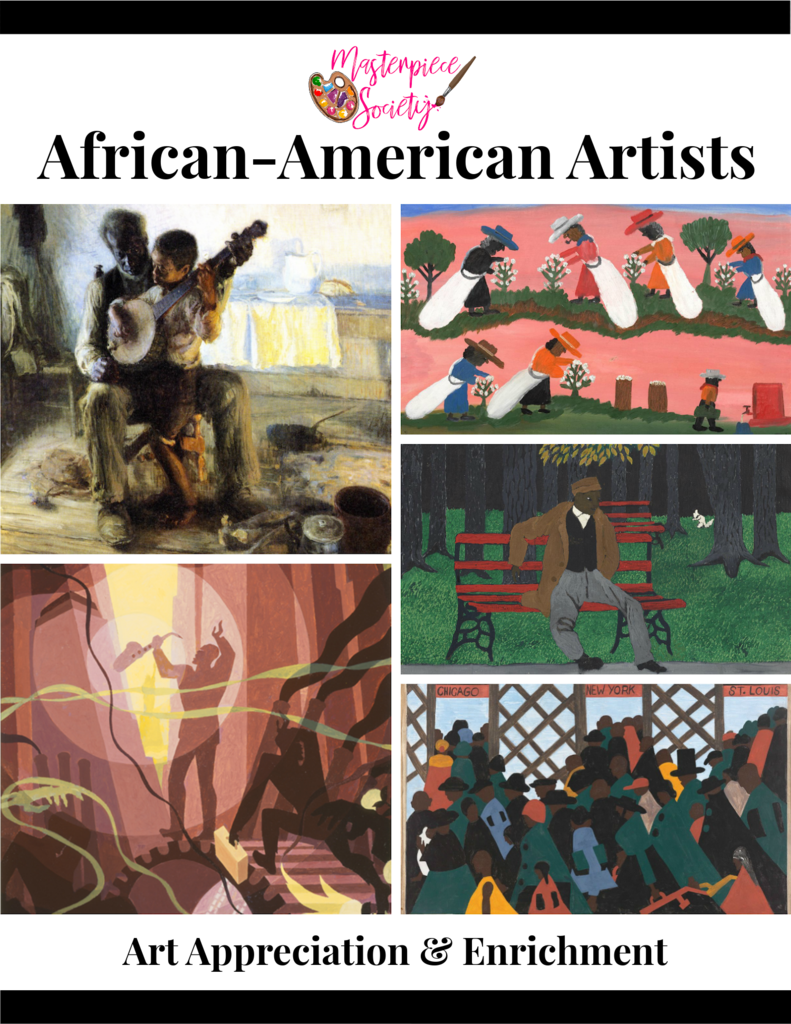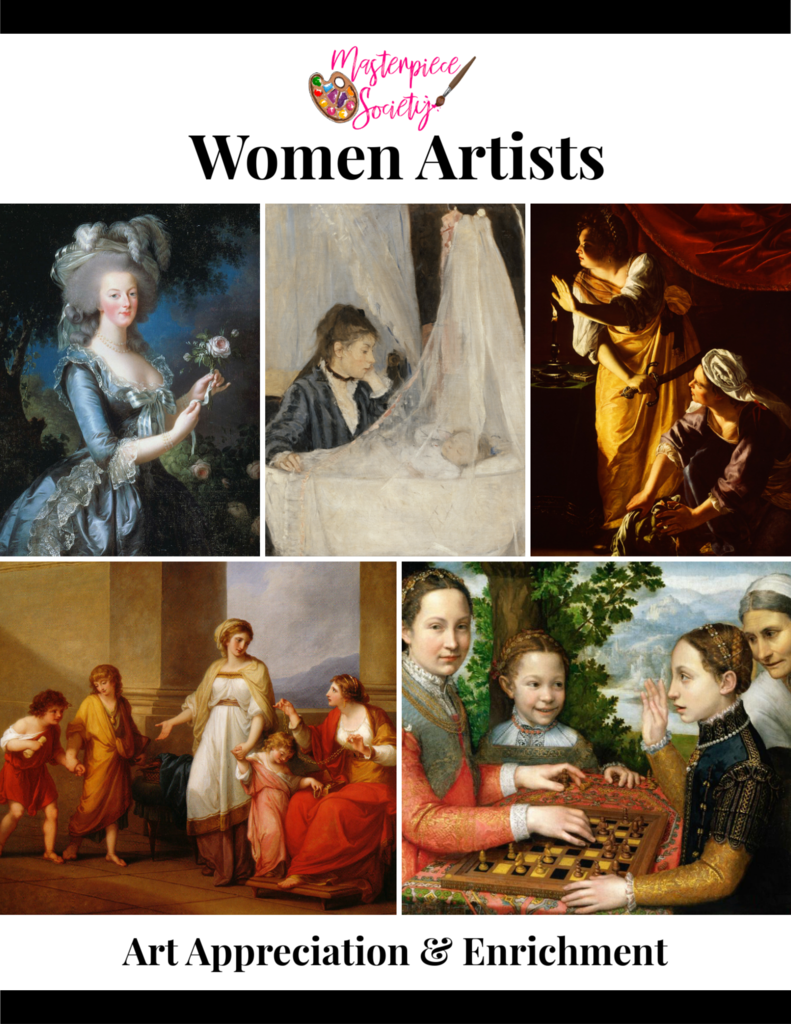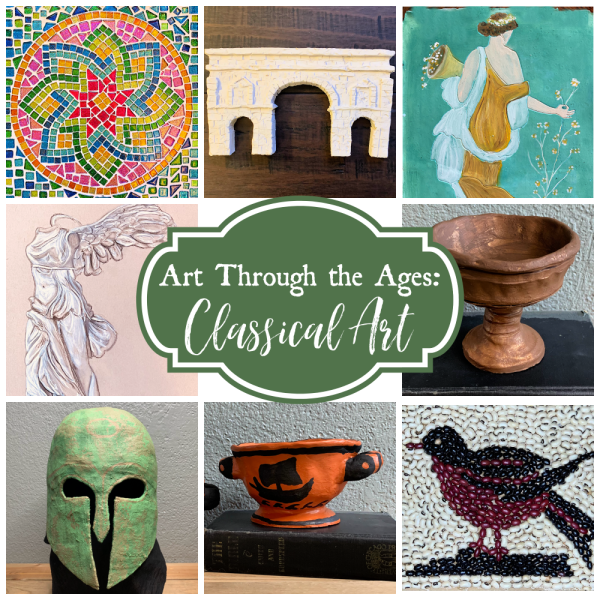Learn about and listen to these twenty beloved Christmas carols and hymns, then add some festive flair to your homeschool with our Carols of Christmas copywork pack!

The holiday season is a time of joy, reflection, and cherished traditions, and few things capture the spirit of Christmas better than the timeless carols that have graced churches and family gatherings for centuries. These beautiful hymns are more than just festive melodies; they are rich in history, meaning, and heartfelt worship, offering families a unique way to connect with the true meaning of Christmas.
In a world that can often rush through the season with commercial distractions, introducing your children to these carols creates an anchor of faith and tradition. Each song tells a story—of hope, peace, and the miraculous birth of Jesus. By learning these beloved carols, your family becomes part of a living legacy, one that has been passed down from generation to generation, inviting hearts to adore Christ, the King.
In this post, we’ve curated a list of twenty beloved Christmas carols and hymns, including a short background on each carol and a YouTube video to listen to and sing along with. Not only that, we’ve also created a copywork pack, perfect for adding a little festive flair to your homeschool! This packet is designed to not only help your children and teens improve their handwriting, but also to connect them with the deeper meaning and history behind these beloved Christmas hymns.
As your family works through these pages, take time to reflect on the themes of hope, peace, and joy that these carols bring. We trust this copywork packet will provide a meaningful way to integrate Christmas traditions into your homeschool routine. May this season fill your home with warmth, wonder, and worship.

Christmas Carols & Hymns to Enjoy this Season
Angels from the Realms of Glory
Written in 1816 by Scottish poet James Montgomery, this carol was initially published in a newspaper. The melody we commonly associate with it, “Regent Square,” was composed by Henry Smart in 1867. It celebrates the angelic proclamation of Jesus’ birth and calls all of creation to worship.
Angels We Have Heard on High
Originating as an English song that was inspired by a French carol written in the 1800s, “Angels We Have Heard on High” features the well-known refrain “Gloria in Excelsis Deo.” It likely derives from the traditional French carol “Les Anges dans Nos Campagnes,” meaning “the angels in our countryside.” Its lyrics recount the angelic announcement to shepherds on Christmas night.
Away in a Manger
This carol, often attributed to Martin Luther, was first published in the late 19th century. The peaceful lyrics depict the infant Jesus asleep in the manger he was placed in at birth. Though its origins are uncertain, its simple, tender melody celebrating the nativity has made it a beloved Christmas classic.
Come, Thou Long Expected Jesus
Written by Charles Wesley in 1744, this hymn expresses a deep yearning for the Messiah. The tune most often used, “Hyfrydol,” was composed by Welshman Rowland Hugh Prichard in the 1800s. The lyrics, which both refer to the Old Testament Israelites hoping for and expecting the Messiah’s coming, as well as the longing Christians feel for the second coming of Christ, have made it a beloved and meaningful hymn.
Ding Dong, Merrily on High
This lively carol dates back to the 16th century and originated as a French dance tune. The English lyrics were written by George Ratcliffe Woodward in 1924, blending joyful music with a festive celebration of Christmas bells.
Go Tell It on the Mountain
This spiritual originated among African American slaves in the 19th century. John Wesley Work Jr. compiled and popularized the song in the early 20th century. Its lyrics joyfully proclaim Christ’s birth and emphasize spreading the good news.
God Rest Ye Merry, Gentlemen
One of the oldest English carols, this melody’s earliest version was found in an anonymous 16th-century manuscript. The earliest lyrics use the words “Sit you merry gentlemen,” but it was later reworked in a 1760 publication to be the well-known refrain: “God rest ye merry, gentlemen.” The song reassures listeners of the joy and comfort brought by Christ’s birth.
Hark! The Herald Angels Sing
Charles Wesley wrote this carol in 1739, and it was later revised by George Whitefield. The tune we use today was created by Felix Mendelssohn in 1840. The lyrics of this beloved hymn depict the angels’ announcement and celebration of Christ’s birth.
I Heard the Bells on Christmas Day
Based on Henry Wadsworth Longfellow’s 1863 poem, this carol reflects on the themes of peace and hope amid hardship. The poem in question was written during the American Civil War and portrays the narrator wrestling with grief over the events happening in the world, but ultimately giving thanks to God that He will bring peace to the earth. These powerful words were set to music by John Baptiste Calkin in 1872, and are still a shining example of faith and hope during hard times.
It Came Upon The Midnight Clear
Written as a poem in 1849 by Unitarian minister Edmund Sears, this carol emphasizes peace on earth and was likely written as a response to the Mexican-American War. The melody most often associated with it, “Carol,” was composed by Richard Storrs Willis in 1850 after Edmund Sears commissioned it for his lyrics.
Joy to the World
Isaac Watts wrote this hymn in 1719, drawing from Psalm 98 and Genesis 3. Its jubilant melody, adapted from Handel’s Messiah, was arranged by Lowell Mason in 1836. It celebrates the coming of Christ and the joy He brings to the world.
Lo, How a Rose E’er Blooming
This traditional German carol dates back to sometime before the 17th century, and was first printed in 1599 by an unknown author. Michael Praetorius harmonized the version most familiar today in 1609. It likens Jesus to a rose blooming from the lineage of Jesse.
O Come, All Ye Faithful
Originally written in Latin as “Adeste Fideles,” the authorship of this carol remains uncertain, with several different rumored writers. John Francis Wade, who published the first printed edition in the 1800s, is the most well-known candidate, but no one can say for certain who actually wrote these beloved lyrics. The joyful melody invites all to worship Christ, the newborn King.
O Come, O Come, Emmanuel
This hauntingly beautiful hymn originated as a 12th-century Latin chant that was sung in monasteries in the days leading up to Christmas. Its lyrics express the longing for the Messiah, and it remains a favorite during Advent.
O Holy Night
Written by French poet Placide Cappeau in 1847, this poem depicting the birth of Christ was set to music by Adolphe Adam. The English version was translated by John Sullivan Dwight and emphasizes themes of redemption and reverence before God.
O Little Town of Bethlehem
Phillips Brooks, an American pastor, wrote this carol in 1868 after visiting Bethlehem. Its gentle melody, “St. Louis,” was composed by his church organist, Lewis Redner, who awoke in the middle of the night the day before they were set to practice the song together, jotted down the melody in a fit of inspiration, and then fell back asleep. Neither person expected the carol to live on, yet it has been passed down through the years as a beloved Christmas song.
Silent Night
Composed in 1818 in Austria, this beloved carol has humble origins. Father Joseph Mohr, a young Catholic priest, wrote the lyrics as a poem in 1816, bringing the words to Franz Xaver Gruber two years later, who set them to music. Its serene melody captures the peacefulness of the night Christ was born.
The First Noel
A traditional English carol, “The First Noel,” originally known as “The First Nowell,” dates back to at least the 16th century. “Nowell,” adapted from the French “Noël,” was an early word meaning Christmas, and the narrative verses of this song follow this theme by retelling the nativity story, emphasizing the angels’ announcement to the shepherds.
What Child Is This?
Set to the traditional English tune Greensleeves, this carol was written by William Chatterton Dix in 1865. Written from the shepherds’ point of view, it contemplates the identity of the baby in the manger and His significance as Savior and King, and works to persuade those who are not saved to accept Christ as their Savior.
We Three Kings
Written in 1857 by John Henry Hopkins Jr., this carol focuses on the visit of the Magi. Each verse highlights the symbolism of their gifts and honors Christ’s birth. This was the first American-written Christmas carol to become widespread and popular, and it still remains a popular Christmas song to this day.
As you gather around the piano, light Advent candles, or simply sing together during family devotions, these carols can transform your holiday season into something more meaningful and sacred. They serve as reminders of God’s love and grace, carrying messages that resonate deeply no matter the generation.
By sharing these beautiful Christmas carols with your family, you’re not only fostering a love for music and worship but also helping your children build a faith-filled heritage. These songs grow richer and more meaningful with every Christmas they’re sung. Let this year be the start (or continuation) of a tradition that keeps the story of Christ’s birth alive in your home.























